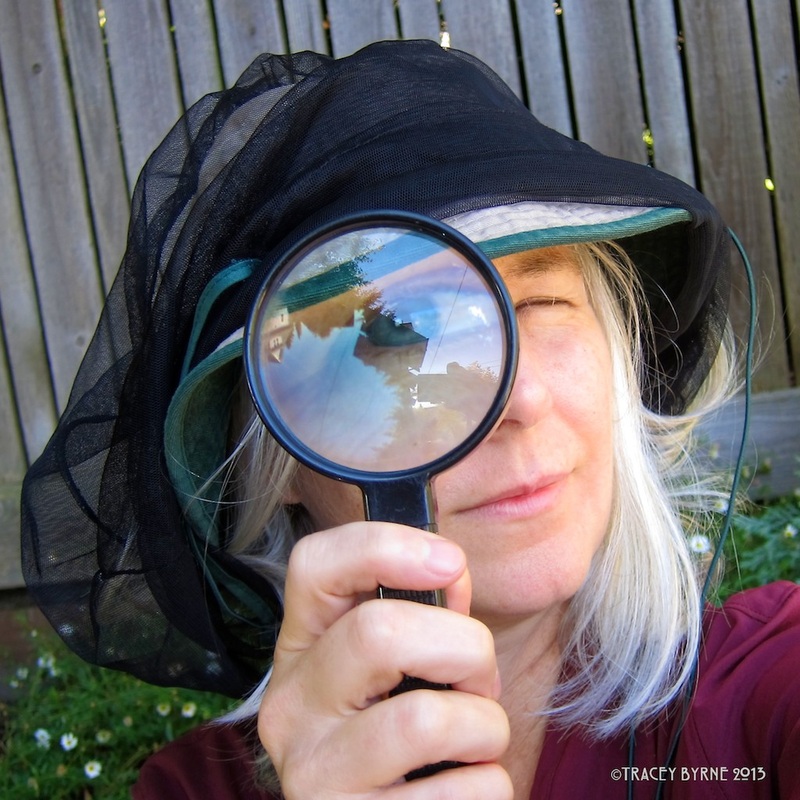|
Hmm, I had no idea-really. So...googled it, and the first answer came from "Ask an Entomologist" This second image is a still-shot of a really cool gif created by Seattle's Eleanor Lutz (and if I ever figure out how to embed the gif, I will update this post!) Meanwhile: I will have more interesting bug research for you soon, but wanted to lead with some fun facts. Enjoy! (and be sure to check out Tabletop Whale for additional awesome science illustrations!)
0 Comments
EWG's new Shoppers Guide is out! Environmental Working Group is a one-stop shop to keep you informed on how to make healthier choices, and what to look out for when shopping for alternatives to toxic products. It is pretty crazy when you start to understand the insidious consequences of using pesticides to grow our food! To begin with, by killing off such large numbers of insects, humans have created a trophic cascade, with a not-so-positive result of bird populations dropping by 50-75% in the UK (and elsewhere). Personally, I would rather not eat poison, and I love to watch the bugs and birds in my backyard, so I stick to organics. I strongly believe in supporting our local organic farmers and co-op, and enjoy fruits and vegetables that not only taste better but also support our natural systems. To really scare your pants off, check out EWG's Dirty Dozen Endocrine Disruptor infographic (with safe choices included). Why on earth are we allowing corporations to get away with this? Yikes.
Project NestWatch
Environmental Health News (repost)
New data released recently by the FDA shows a disturbing rise in the occurrence of pesticide residues detected in thousands of samples of commonly consumed foods. In addition, the latest USDA residue report found that fruits and vegetables showed the highest frequency of pesticide residues in the findings. Of the 10,000 foods sampled, roughly 82 percent of domestic American fruits and 62 percent of domestic vegetables carried residues of weed killers, insecticides and other pesticides commonly used by farmers. Among the domestic food samples, FDA said 97 percent of apples, 83 percent of grapes, 60 percent of tomatoes, 57 percent of mushrooms and 53 percent of plums carried residues. Looking at imported fruits and vegetables, the FDA found that roughly 51 percent of imported fruits and 47 percent of imported vegetables carried residues. Overall, the imported foods had more illegally high levels of pesticide residues than did domestic foods sampled. (12/21) *********************** These pesticides are poisons that persist in our soil, contaminate our water, drift in the air, and are in and on our flowers and foods. The constant and accelerated use of pesticides in the last forty years is not only killing insect pests, but also the myriad of beneficial flora, fauna, and soil micro-organisms that provide us with the ecosystem services that keep our planet balanced. The evidence is clear that our children are also at risk, as pesticides are undermining our children’s health and intelligence. Unfortunately, this information is not readily available to the public and is not making the headlines that it deserves. Luckily, watchdog groups are creating user-friendly apps and websites so you can be informed and make safe choices for your family.
To see what's on your food visit Pesticide Action Network's
What's On My Food? Warning: prepare to be absolutely terrified
...this is just a partial list of the toxin residues found on apples :^(
I realize that because I have an affinity for backyard bugs, it is easy for me to recognize the difference between a bumblebee and honeybee. It is a combination of repeated experience and keen interest. (FYI, I am quite useless when it comes to identifying sports teams, cars, or types of deep sea mollusks :^)
I have had this handy Bee Basics: An Introduction to our Native Bees booklet available on my Biodiversity page, and I thought I would highlight it here as a free download (or, you can take yourself over to Amazon and pay $27 for it. Seriously!) This 48-page gem is full of lovely drawings and jam-packed with interesting tidbits. A gift to you from Pollinator Partnership, the USDA, and the US Forest Service. Make friends with your backyard bees. This Woolly Bear caterpillar was high speed cruising across our path at Seward Park last week. I LOVE Woolly Bears, but I do not see them very often, and I wondered why. I did a little research and found out that if you google them, you will get a lot of information on whether or not you can accurately predict the severity of the upcoming winter by the width of their colored bands =Nope :^) I also found out that the Banded Woolly Bear can travel up to a mile a day looking for a protected place to spend the winter and that they like to burrow under piles of leaves. It turns out that a Woolly Bear needs the cold to complete its metamorphosis; that is, they almost freeze solid and when spring arrives they thaw out, eat some greens, and then spin a cocoon (that looks a bit like a cat hairball), before transforming into its adult form as a Tiger Moth. The Tiger Moth has only one task to complete in its two-week life: find a mate and lay eggs. They do not even have mouth parts, so need waste no time looking for food. Does the Woolly Bear hibernate like its mammalian namesake? I dug a little deeper ...
Infinite Spider explains: "For a long time scientists weren't sure if the woolly bear caterpillar used a strategy of diapause (insect equivalent of hibernation) or quiescence to survive winter. Scientists from the University of Pennsylvania did some studies of different caterpillars collected in fall and winter and then compared their development and metabolic rates. They found that the woolly bear caterpillar goes into quiescence, hiding under leaf litter and literally going dormant until conditions change. They could wake easily if it got nice outside, unlike their diapausing cousins." Xerces Society has created a slew of cute #LEAVETHELEAVES graphics to encourage folks to enjoy the benefits of leaf litter. Cheers for mulch and overwintering sites for our insect friends! This is a big shout-out to Sherrie Pelsma, the face behind Portland's Pollinator Parkways (also seen on my Biodiversity page). Sherrie has created a Do-it-Yourself Manual for home-owners who would like to "Flip their Strip", i.e. convert their turf-grass parking strip into a pollinator habitat. This is an excellent resource that will guide you through all the steps of transforming your "hell-strip". The manual is packed with clear instructions, shady/sunny plant lists and planting guides, and photos. You can also follow Pollinator Parkways on Facebook for updates and to share your photos. I have included Sherrie's manual as a pdf download. Have fun with your strip!  Pollinator Parkways has created over 6000 square feet of pollinator habitat. Thank you Sherrie, for your community spirit and inspiration! Pollinator Parkway's Do-it-Yourself Manual:
It's October, and that means it is time to get your backyard ready for winter here in the NW. I am attaching a pdf of my Urban Birds mandala for you to print and enjoy. Shine on Harvest Moon!
Next Monday, on August 21st, 2017, fourteen states in the continental U.S. will experience a Total Solar Eclipse. This is the first solar eclipse to track across the U.S. since 1979. The landfall in the U.S. is the Oregon coast. Oregon is expecting a population increase of 25%, with over a million visitors arriving to view the totality. If you are planning to travel to Oregon, be aware of the traffic jams (a projected influx of 100,000-500,000 vehicles), wildfires (currently four burning in the 60-mile path), and projected gas, food, and water shortages as hoards of visitors flood Oregon's tiny towns. Me? I am very excited to have this Solar Eclipse coming to my neighborhood! I plan to enjoy a partial eclipse in the comfort of my backyard in Seattle. We are about 175 miles north of the path of totality and will experience 94% coverage (photo below from Pacific Science Center). I am equipped with my approved Eclipse glasses (provided by Seattle Public Library) and have downloaded a couple apps to keep me updated. So far, the weather report looks perfect for a good Seattle show. Enjoy the EclipseArt credit: New Yorker magazine cover, March 2010 The insidiousness of systemic pesticides is that the pesticide is absorbed into the tissues of the plant, which causes it to poison any insect or mammal that eats its leaves or fruit or harvests its nectar and pollen. In addition, these chemicals leach into the soil and groundwater where they mix with other pesticides and herbicides to create a toxic cocktail and become pervasive in both farmed and wild habitats. Kind of makes me worried for all the things that could go wrong... A 2016 study, Increasing neonicotinoid use and the declining butterfly fauna of lowland California and a similar study in the UK, Are neonicotinoid insecticides driving declines of widespread butterflies? show that our butterfly and honeybee populations are in peril along with other non-target insect species and small mammals. No surprise here. Are we prepared for a world without pollinators? The need for hand-pollination by humans? What will the birds and fish and frogs eat? It truly is time to put a stop to this madness. Learn more from the Bee Protective campaign at Center for Food Safety. Download full-size PDF at Center for Food Safety
|
AuthorTracey Byrne~ Categories
All
Archives
April 2024
|
||||||||||||||||||||||

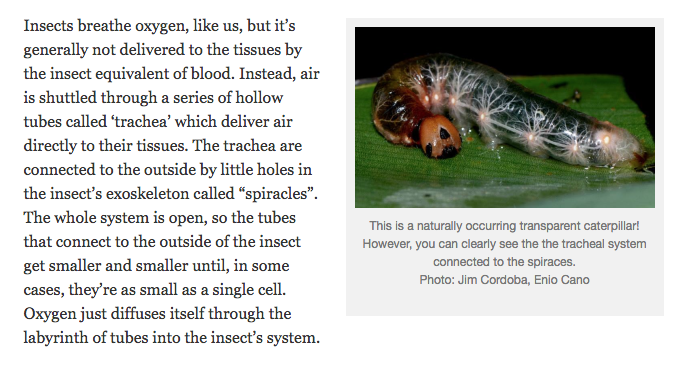
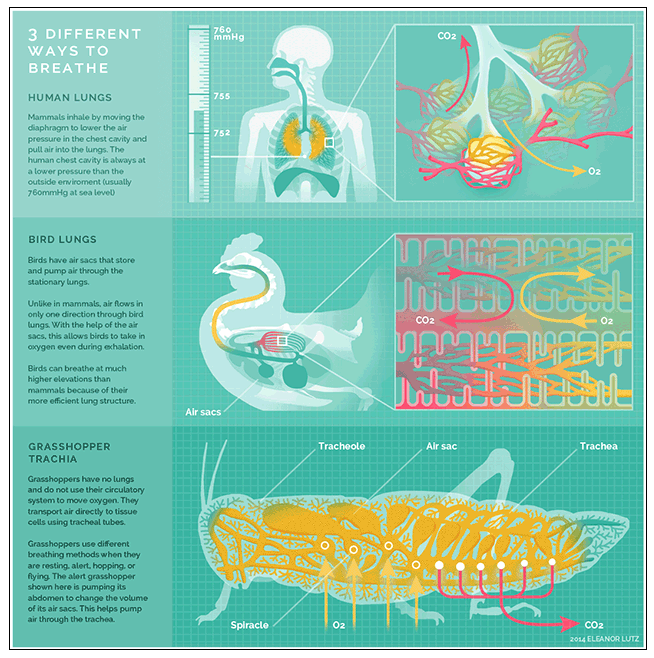
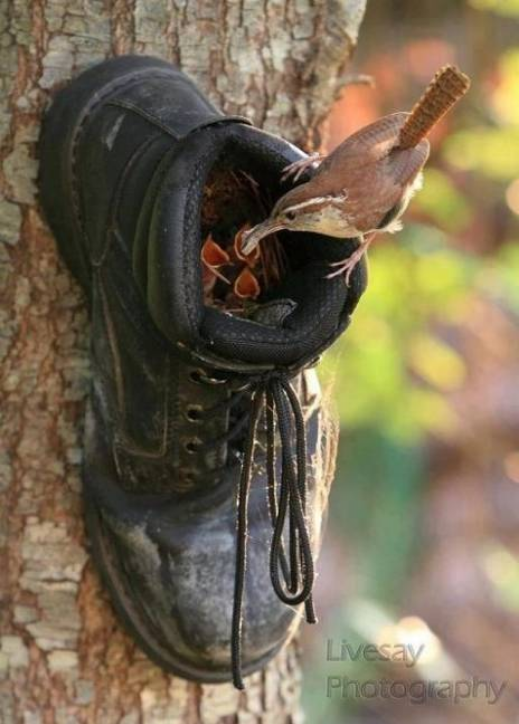
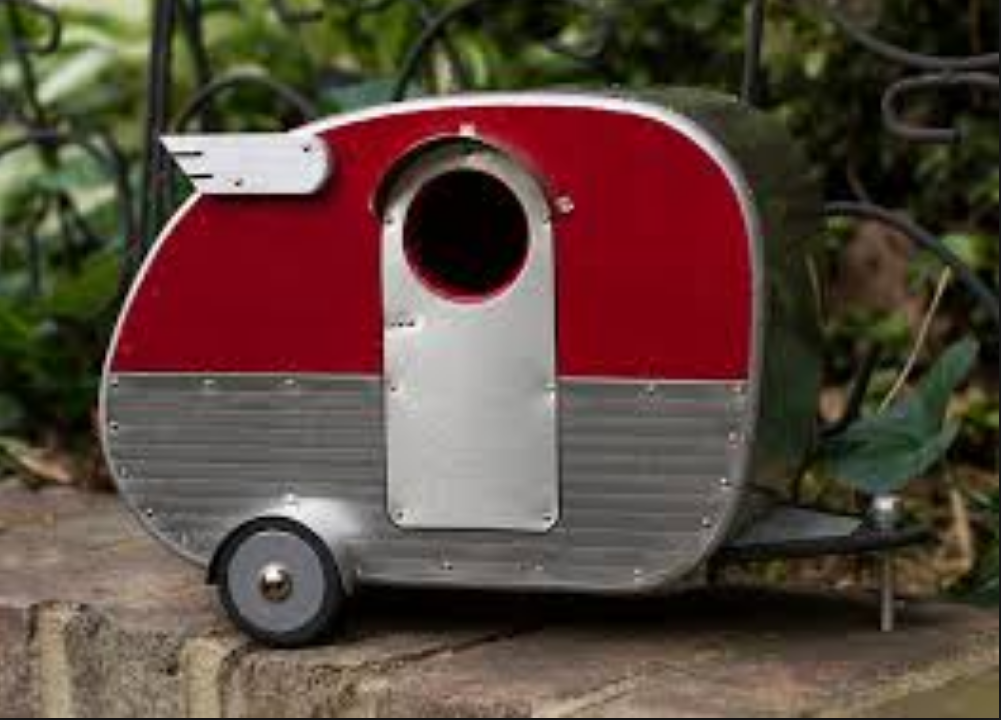
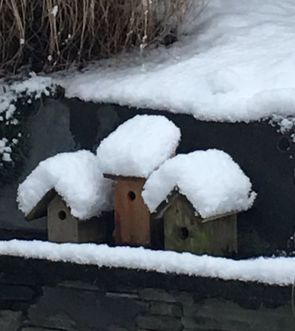

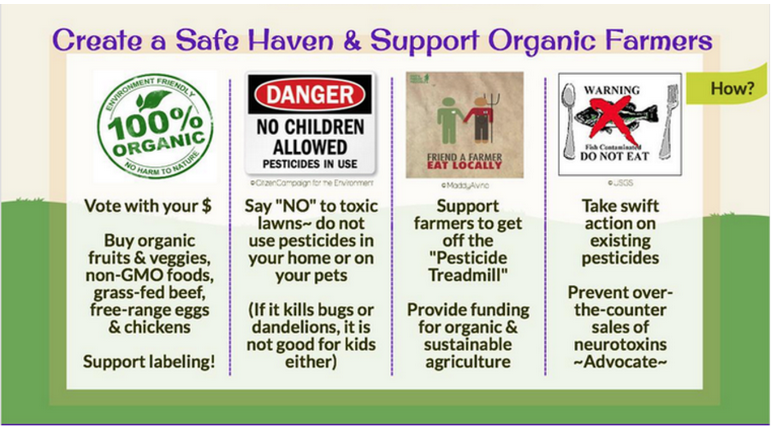
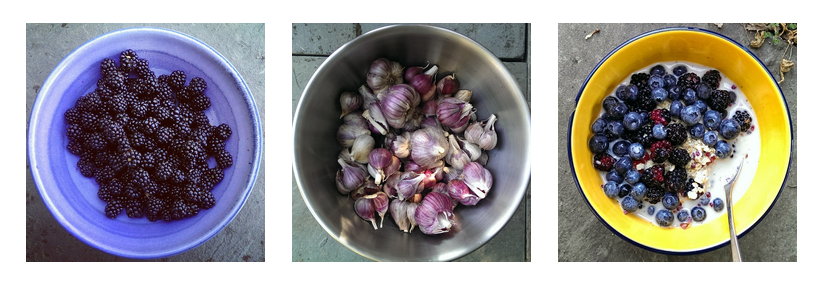

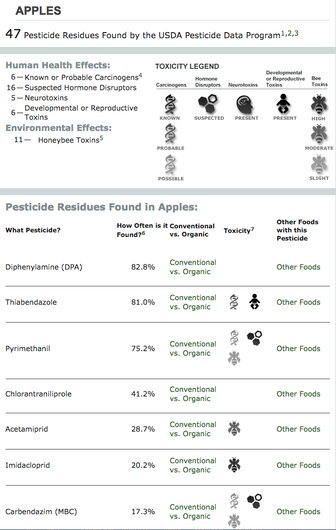
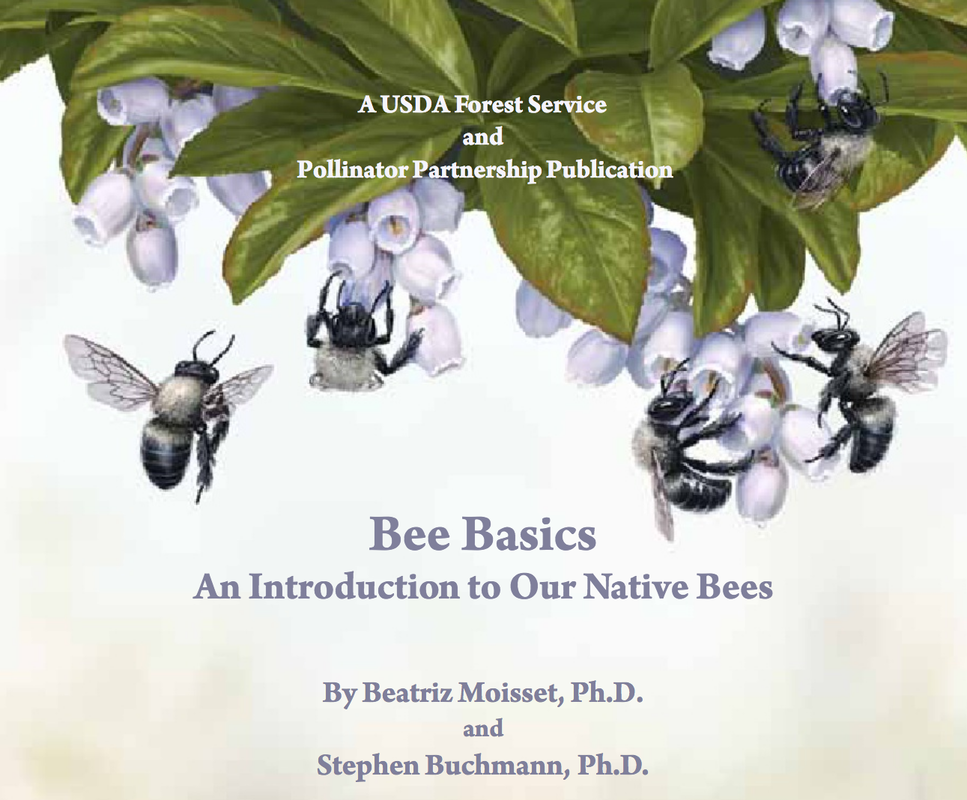
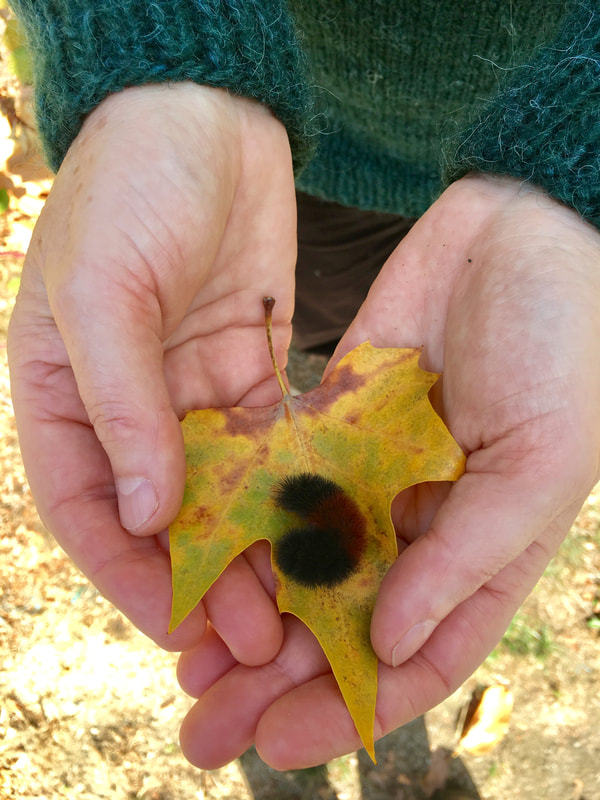
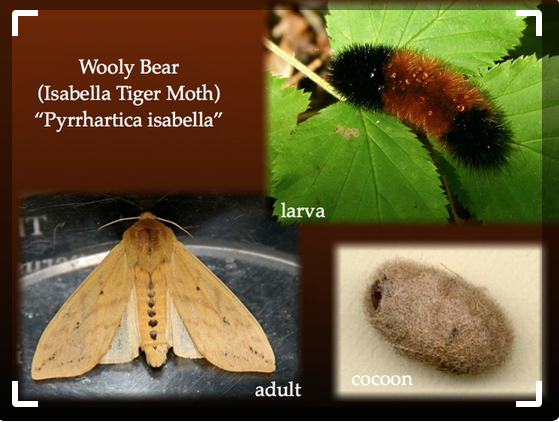
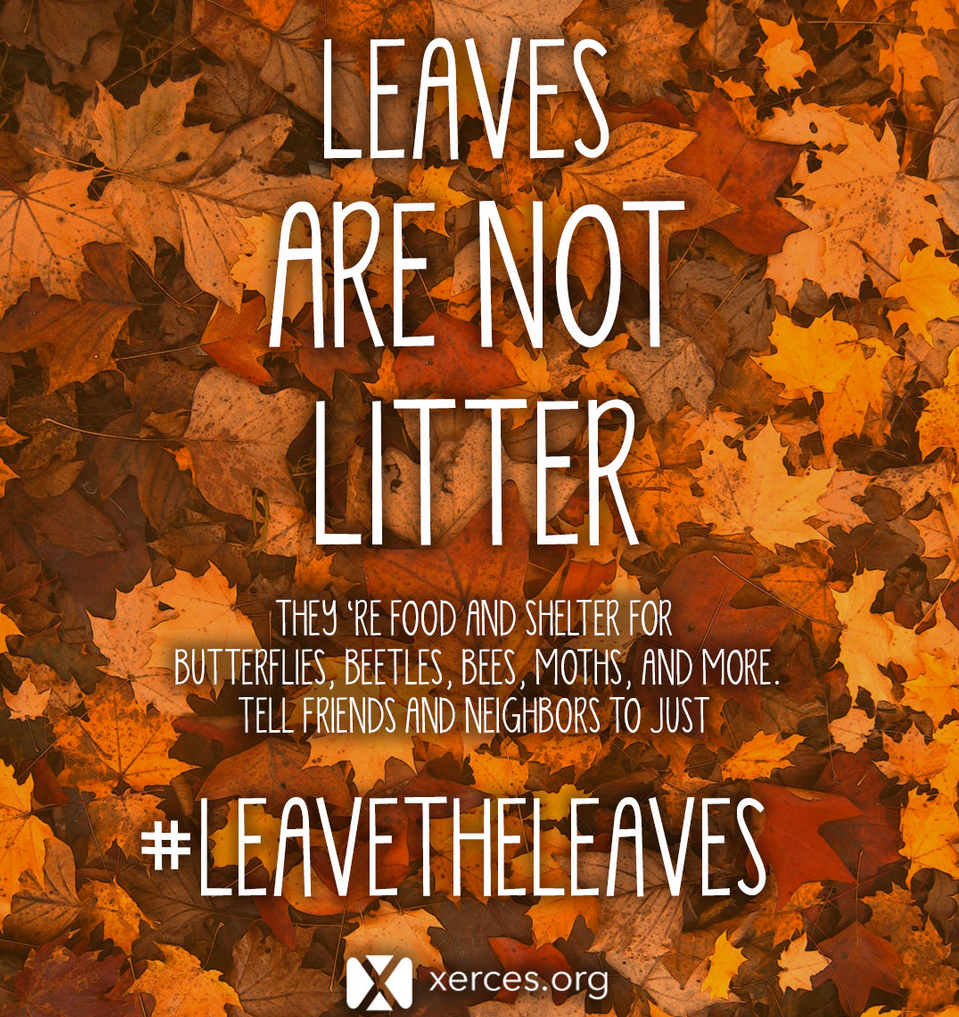
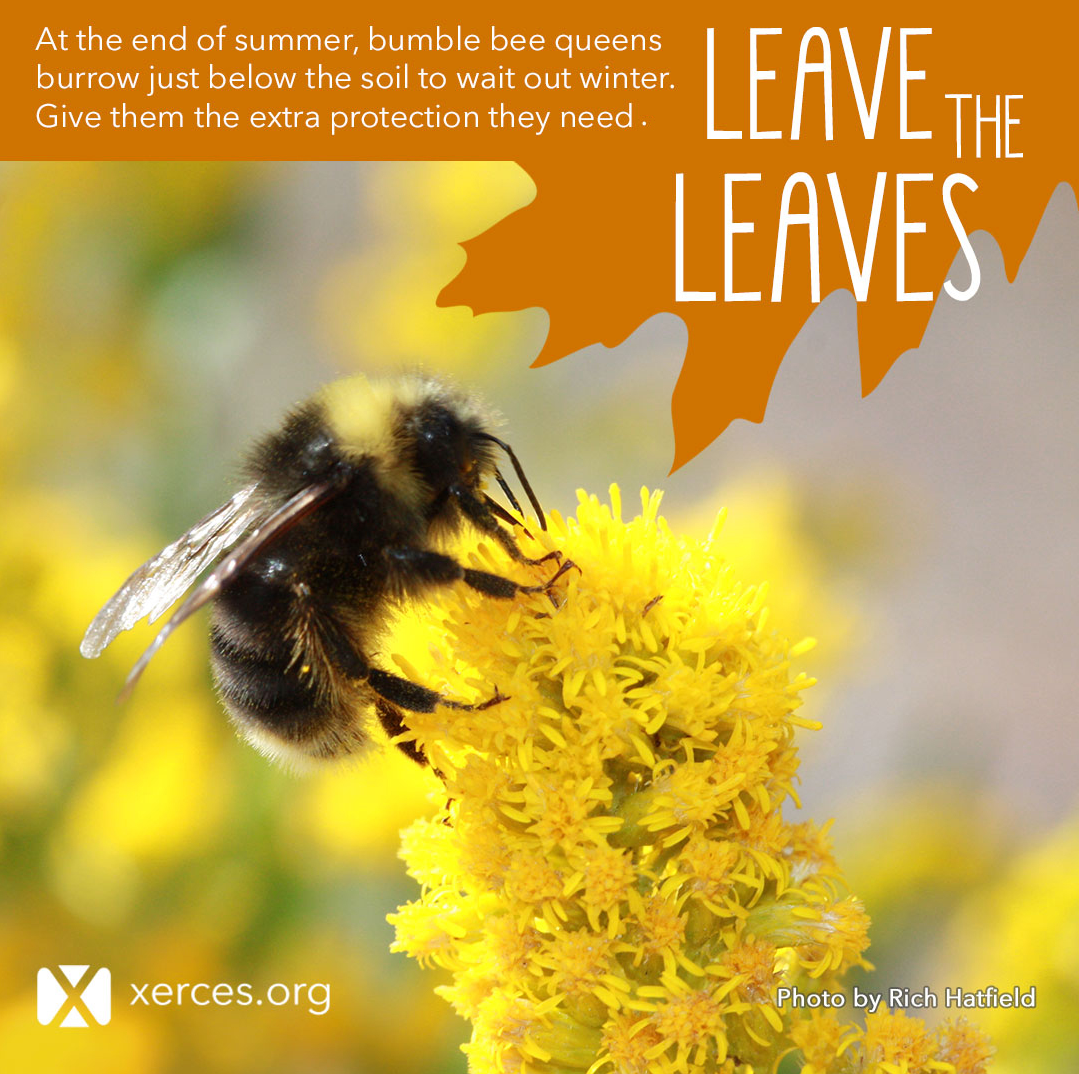
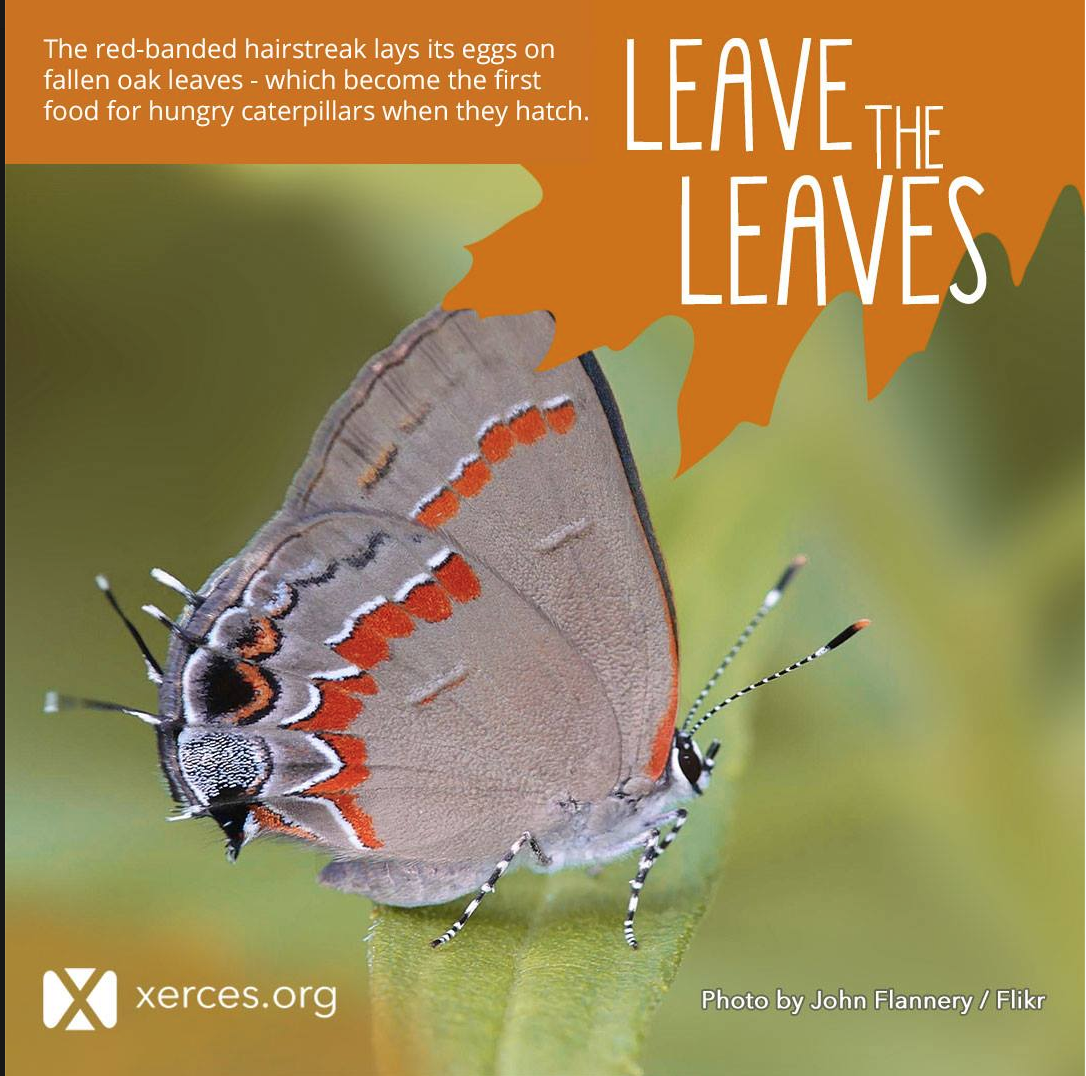
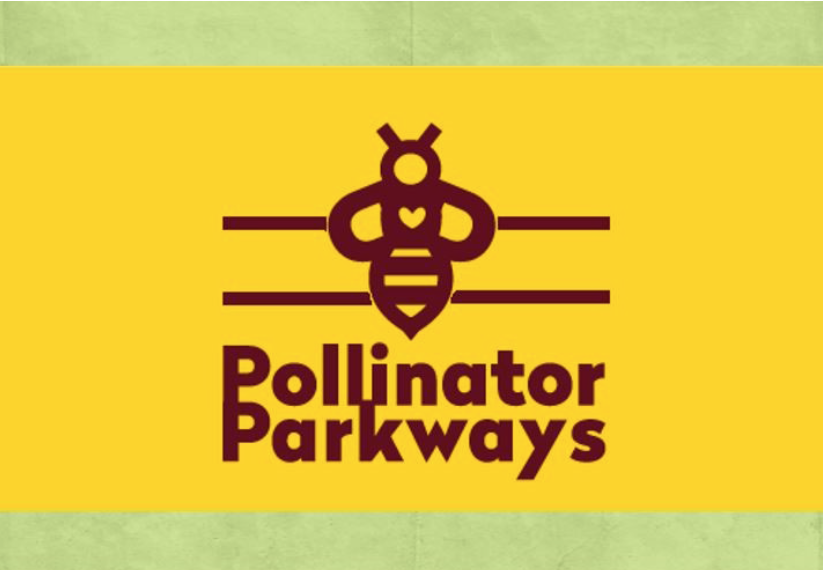
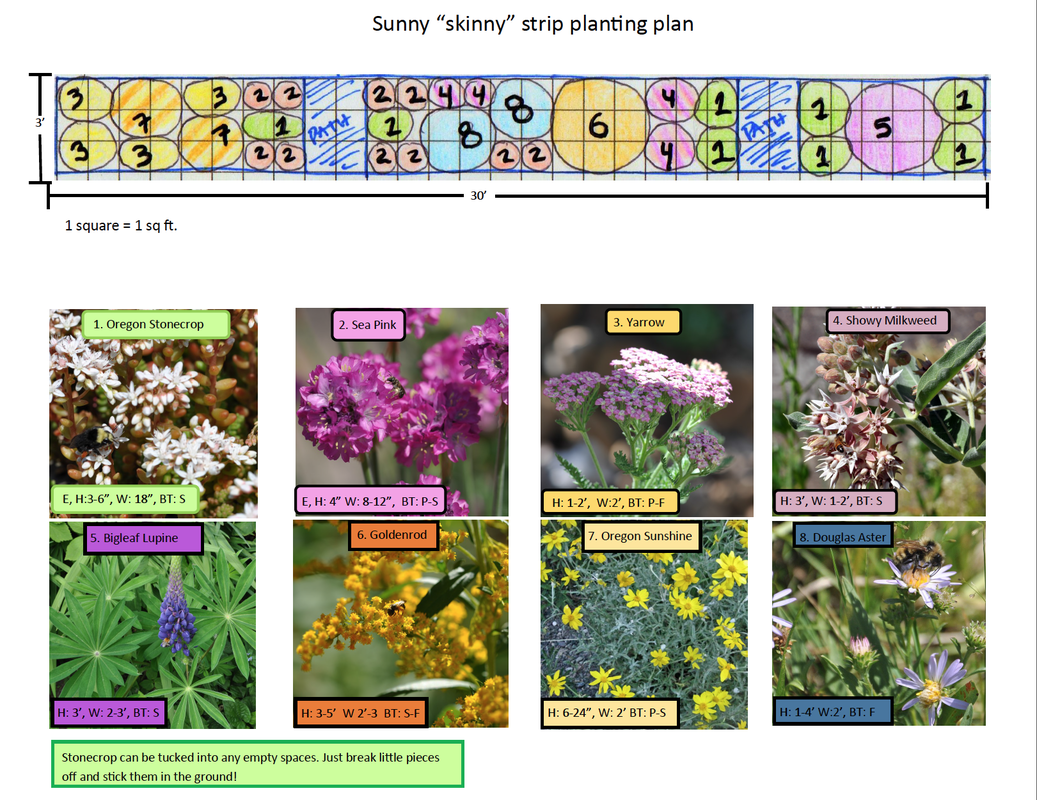
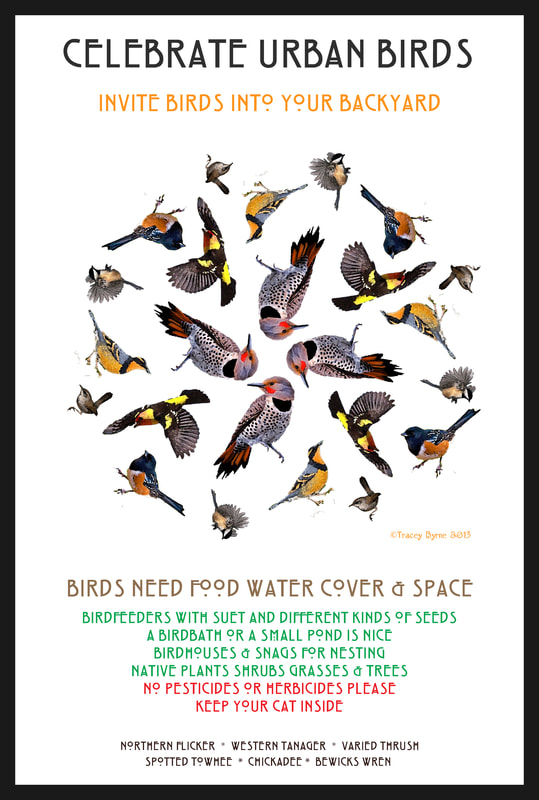
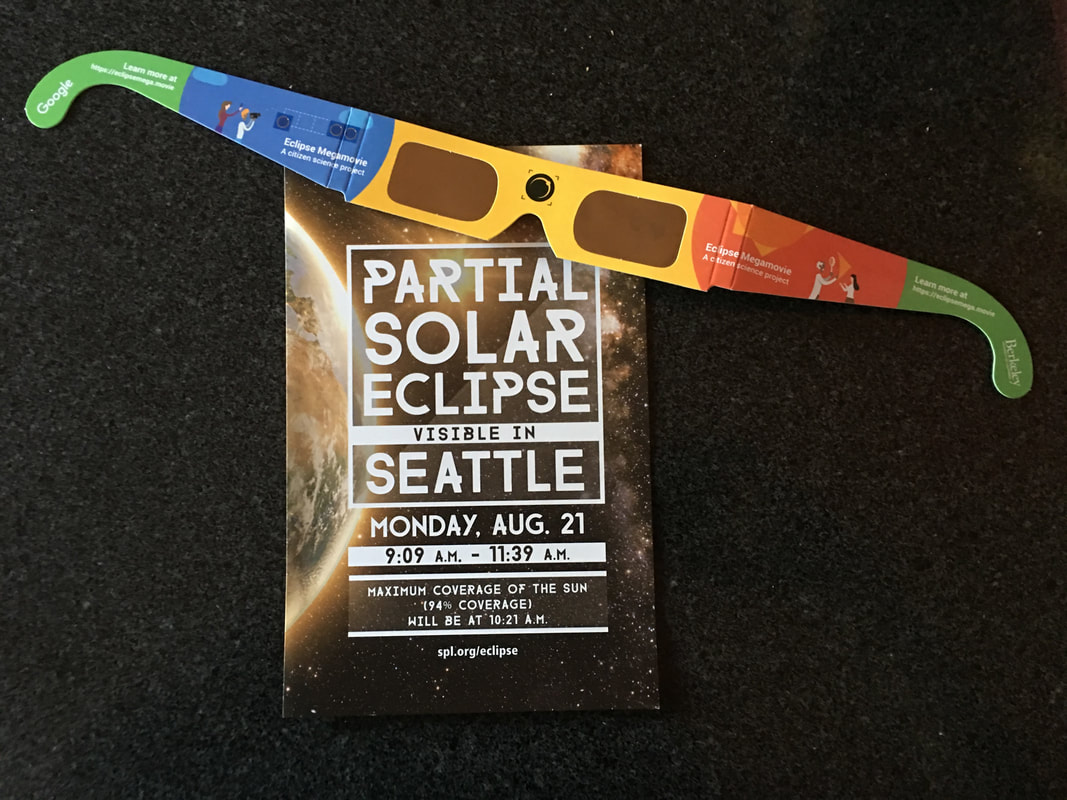
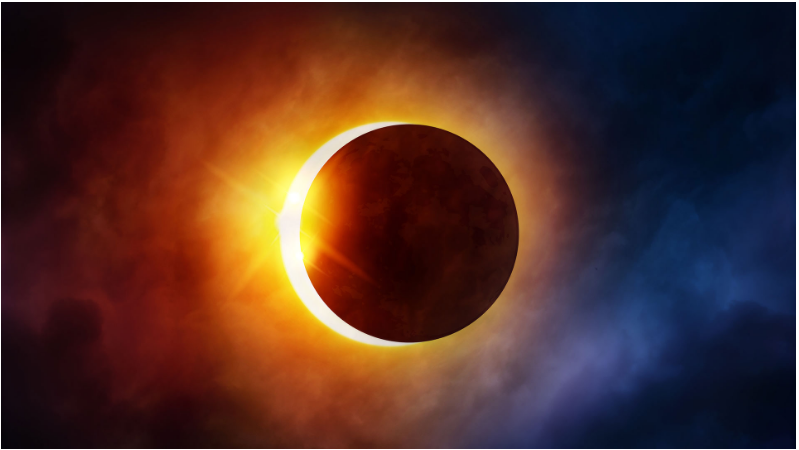
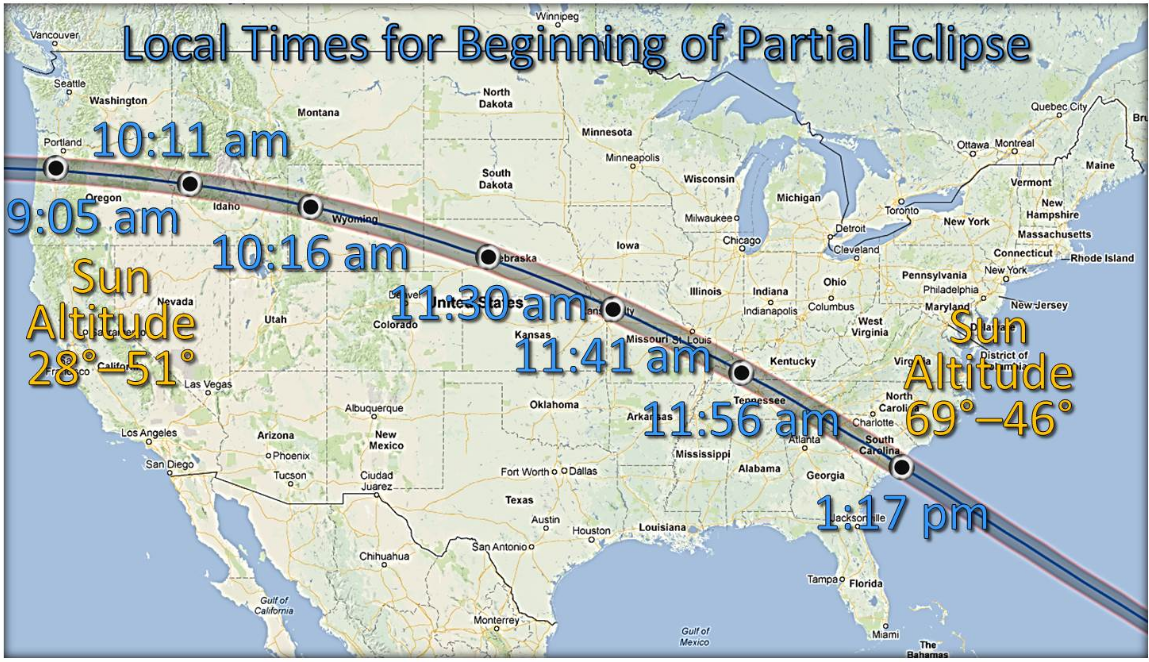
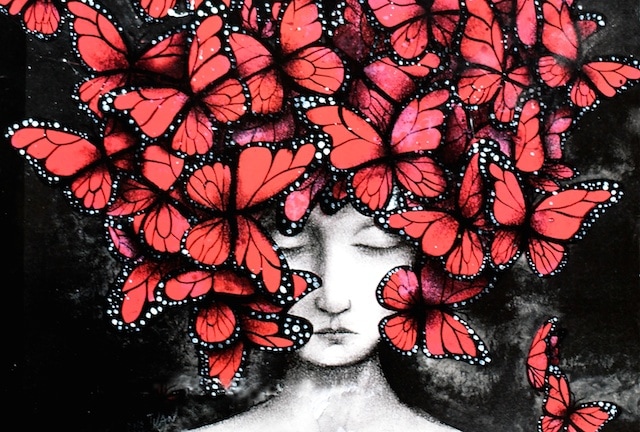
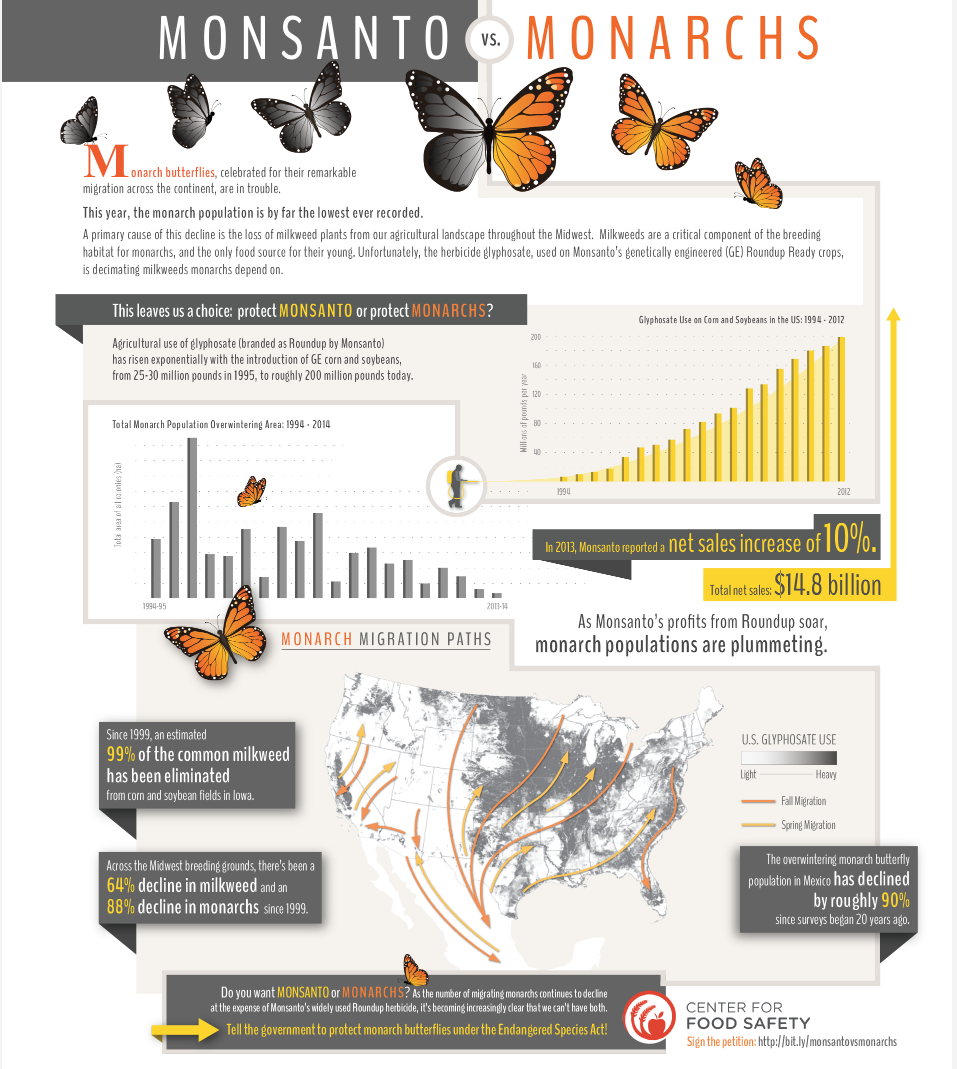
 RSS Feed
RSS Feed
